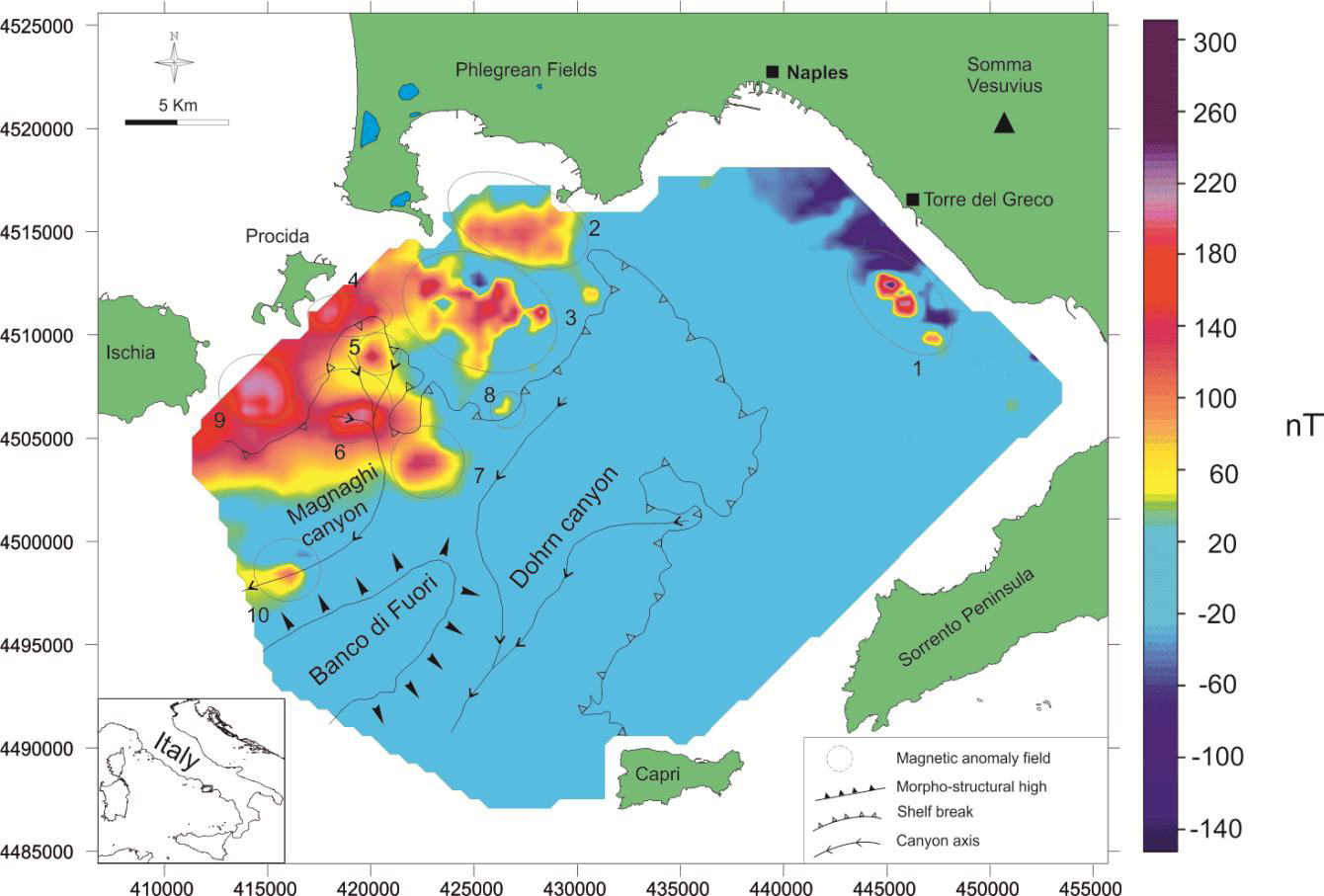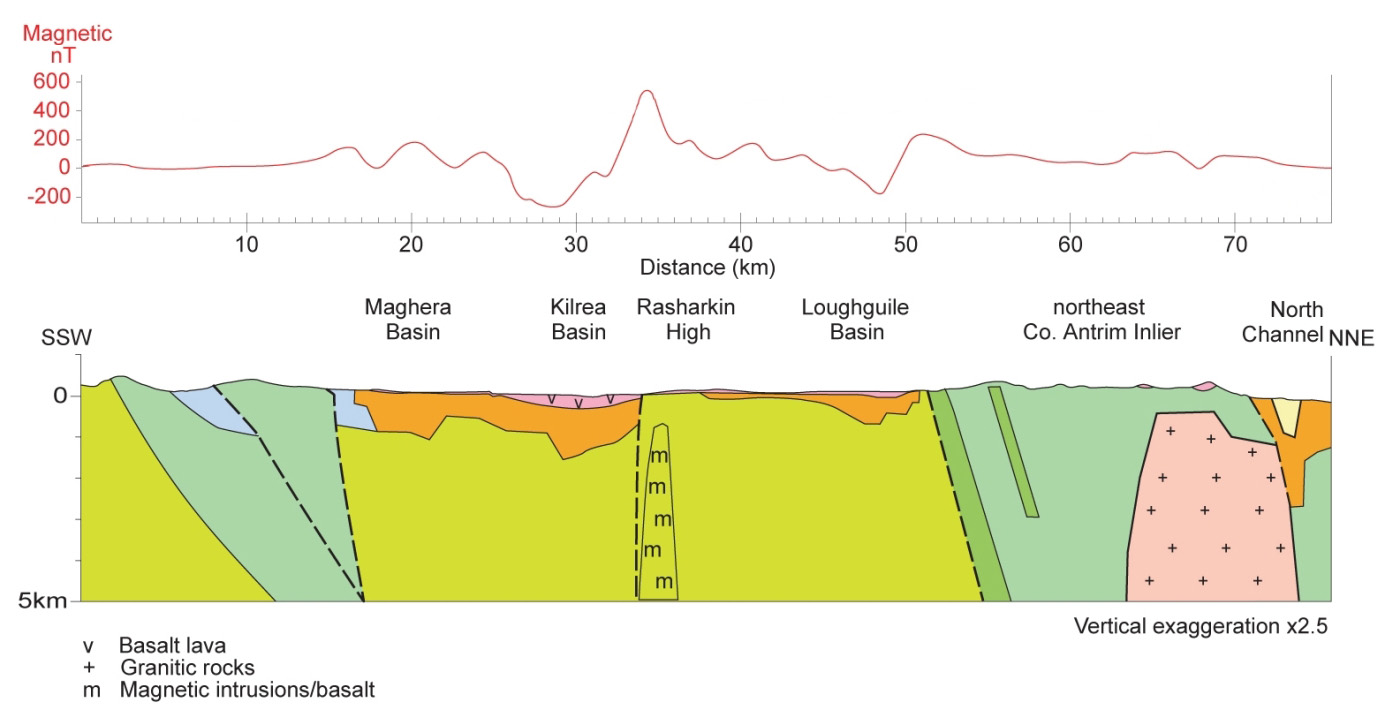Magnetometry is a method of investigating the subsoil that measures the anomalies of the Earth's magnetic field originating from underground structures.
The anomalies that can be observed during a magnetometric survey are due to variations in the magnetic susceptibility of the underground structures with respect to the surrounding soil; the higher is the ferromagnetic minerals content in the structures, the stronger will be the contrast of magnetic susceptibility.
The magnetic behavior of the materials, ie the ability to be magnetized in the presence of an external magnetic field, depends on the quality, the type and the distribution of the minerals contained. Based on their magnetic susceptibility, they are divided into diamagnetic, paramagnetic, and ferromagnetic.
Sedimentary rocks have negligible magnetic susceptibility while increases in metamorphic and igneous rocks as iron content increments.
In petroleum research, magnetometry is used as a preliminary survey to detect the depth and extent of the basement of a sedimentary basin in order to understand if it is compatible with the possible formation of oil.
There are two main types of magnetometers: the proton magnetometer and the fluxgate magnetometer. In the proton magnetometer a magnetic field is generated around a particular fluid which causes the orientation of its protons. When the magnetic field is canceled, the protons align along the direction of the total field. This movement generates a frequency that is proportional to the intensity of the field allowing to measure the local magnetic field.
In the fluxgate magnetometer there is a ferromagnetic core which undergoes saturation changes of magnetization with the surrounding environment. These variations are proportional to the intensity of the field and are amplified and recorded electronically
1: Campo di anomalia magnetica generato da coni laterali geneticamente collegati con l’apparato vulcanico del Somma-Vesuvio; 2: Campo di anomalia magnetica collegato alla piattaforma continentale esterna del Golfo di Pozzuoli; 3: Campo di anomalia magnetica collegato ai banchi vulcanici sottomarini della zona flegrea (Banco di Pentapalummo, Banco di Nisida e Banco Miseno) 4: Campo di anomalia magnetica collegato alla piattaforma continentale dell’Isola di Procida; 5: Campo di anomalia magnetica collegato al banco vulcanico sottomarino “Gaia”, ubicato presso il ciglio della piattaforma continentale dei Campi Flegrei; 6: Campo di anomalia magnetica collegato alla testata del canyon Magnaghi; 7: Campo di anomalia magnetica collegato ad un edificio vulcanico precedentemente non noto, ubicato sulla scarpata continentale tra i canyons Dohrn e Magnaghi; 8: Campo di anomalia magnetica collegato a tre piccoli edifici vulcanici, precedentemente non noti, ubicati presso il ciglio della piattaforma continentale dei Campi Flegrei; 9: Campo di anomalia magnetica collegato al banco vulcanico sottomarino di Ischia (nell’offshore dell’isola di Ischia); 36 10: Campo di anomalia magnetica collegato all’asse del canyon Magnaghi.


